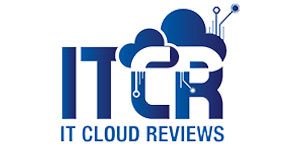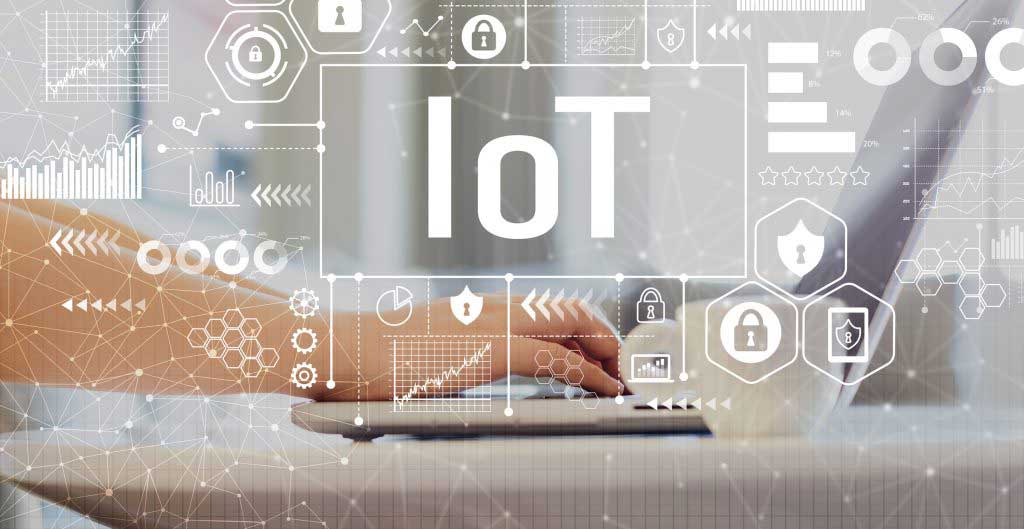The first mistake of many companies is that in most cases the business model comes after the investment. There are too many external variables to consider to simply “do something” with IoT! This is a common cause of why IoT projects fail: the business model doesn’t work (or doesn’t exist), so they just don’t see any return on their investment. “Doing IoT” for the sake of being new will never be a good reason to invest time, money and resources in implementing an IoT strategy for your company.
Table of Contents
IoT benefit your business:
The Internet of Things (IoT) is the network of physical devices, vehicles, home appliances, and other items embedded with sensors, software, and connectivity, which enables these objects to collect and exchange data. IoT can be a powerful tool for businesses, enabling them to gain valuable insights into their operations, improve efficiency, and provide better customer experiences. Here are some ways IoT can be used to benefit your business:
- Improved supply chain management: IoT sensors can be used to track the movement of goods and materials throughout the supply chain, providing real-time data on inventory levels, shipping times, and potential bottlenecks.
- Predictive maintenance: IoT sensors can be used to monitor equipment performance and predict when maintenance is needed, reducing downtime and improving equipment longevity.
- Enhanced customer experiences: IoT devices can be used to collect data on customer behavior and preferences, enabling businesses to offer personalized experiences and tailored product recommendations.
- Smart energy management: IoT sensors can be used to monitor energy consumption and adjust usage based on real-time data, helping businesses to reduce costs and improve sustainability.
- Improved safety and security: IoT devices can be used to monitor for potential safety and security risks, such as unauthorized access or equipment malfunctions, and provide alerts to employees or security personnel.
- Remote monitoring: IoT devices can be used to monitor operations and equipment from remote locations, enabling businesses to manage operations from anywhere and reduce travel costs.
- Data analytics: IoT devices can generate vast amounts of data, which can be analyzed to provide valuable insights into business operations, customer behavior, and other key metrics.
Implementing IoT technology in your business requires careful planning and investment, but the potential benefits can be significant. Working with experienced technology partners and consultants can help ensure a successful implementation and maximize the value of your investment.
Mapping your IoT project to your business
By considering the end goal, you are already thinking about your main goals and desired outcomes, and that drives the technical decisions you need to make. Asking yourself what we are trying to achieve, when we want to achieve it, helps them assess where the potential lies, as well as what challenges they may face.
Are you looking to position your service in a new market or at a lower cost? Or are they just looking to collect data from “fixed” sensors located on a machine to enable predictive maintenance? Or maybe they want to develop an innovative new product that uses IoT for better results, creating new revenue streams?
You already have IOT the “why”, what next?
- Try to map out all the constraints and create a framework of how it will be implemented, not only externally but also within the company.
- It is important to note that you will need buy-in and agreement within your organization to push through any substantive changes to your business strategy.
- Sometimes our role is to help customers realize that it can be quite challenging to deliver what they want to achieve and we need to offer a better understanding of the supply chain.
- The IoT ecosystem is complex and it can be difficult for innovators to navigate and understand who they need to talk to to find the piece of the puzzle.
IOT Build or buy?
This is when you may run into your next consideration: build vs buy. Once you have the objective in mind, you have recognized the opportunity and obtained the approval within your company, we must answer the following: build or buy?
Building your own device and doing all the development and testing yourself can be incredibly difficult and expensive. You may not have a team that has the right competencies or skills needed in-house. Or maybe the supply chain is too complex to navigate, so you decide to buy something from the market instead. But then, how to successfully integrate a new device into my company’s IoT strategy?
Some of our most successful clients have been completely driven by their drive to innovate within their market and be among the first to offer IoT-enabled products and services. They move quickly to build a prototype, then work to polish and refine it. This has allowed them to take more risks and move faster to win business.
Also Read: How to Secure & Improve results Your Website with HTTPS protocol
Making the right technology decisions
Another key consideration when evaluating where IoT can improve your business is your choice of connectivity device or technology. Again, asking the right questions at the right time will help drive these decisions.
You want to build a connected “thing”, so what technology are you going to use to connect it?
One obstacle is that purchasing decisions can often be forced down the “what’s familiar” path because it seems easier.
Preparing for the future is key
Think long term. Ask yourself what new technologies you should be evaluating and where they will be in the next few years in terms of future development. Most companies lack the foresight to prepare their plans for the future. For true long-term success, don’t just follow what’s known, do your research, draw conclusions, and then make decisions based on your experience. You should take the time to research what other options are available on the market. Finding the right partner to inform you of these decisions is critical.
If you’ve taken the time to complete our recommended exercise of mapping out what you want to achieve, you’ll find that planning can help drive many of these discussions and dictate how you direct your investment strategies. Ask yourself what critical technology will be needed to achieve your business goals and how it would fit into your plans.
Forget novelty, keep it simple IOT
If the people making the key technology decisions don’t understand IoT, the project will fail. Too often, we see customers invest heavily in understanding “hype” technologies or implementations that don’t quite match their end goal. Keep it simple. Design the results-oriented decision-making process that the company is trying to achieve and consider which technologies are best suited for the job (both now and in the future). Finding a partner that can help you implement today is great, but you also want to make sure they can help you innovate tomorrow.
These decisions can look very different depending on the organization, with larger firms able to hire people and design in-house, with lots of engineering resources and tons of money invested. More traditional businesses will need to rely on system integrators and third-party partners to effectively design and implement their IoT plans.
Monetize IoT and get a better ROI
It’s amazing to see how many IoT projects are built backwards when it comes to getting a good return on investment. They build an IoT solution and then ask “So how can we make money?” They certainly achieved their goal of creating something, but they were so focused on what they were trying to build that they lost sight of where the investment potential of IoT lay in their business and how they wanted to make money.
We’ve also seen customers who have had a successful IoT trial or deployment now tackling the next big step: a full-scale, real business deployment, which has very different complexities.
Focus on your business model and your end user
- It is important to always keep in mind the business model, with the end customer always at the forefront of what they are doing and why. 90% of IoT projects fail because people are building “something” without considering where it is going to fit and who is going to pay for it.
- For example, we have seen clients who invested heavily in security, offering the most secure product on the market, but it is 4 times more expensive.
- Are your end users willing to pay more for better security? It is critical to balance large investments with potential return.
- We see many different business models and a wide range of ways in which the market is monetizing IoT, including additional services that can be offered at additional cost.
- We’ve also seen OEMs build products as a service and charge a monthly fee or integrate the costs into their existing contracts.
- Keep in mind that connecting and managing IoT is an ongoing cost, so how can you best fit that cost into your current plans?
- For some customers, their old model was to sell their hardware once and that’s their revenue. Facing ongoing costs to service their IoT devices, it drives them to rethink how they sell in their marketplace.
Product as a service generates new revenue streams
Product as a service is a hot topic within the IoT industry. Manufacturers are creating new connected products and essentially “leasing” the hardware for a monthly fee, creating a recurring revenue stream by offering innovative new features that add value to their end users. This is especially attractive for high-cost products that have a long shelf life, generating more revenue over a longer period of time.
For example, an OEM sells a product to a distributor, who can then sell that product to an end customer. That end user can request activation of digital services, such as predictive maintenance, and pay the OEM for that feature, incurring a monthly fee for the digital platform. For many traditional manufacturers, this is a completely new source of income for them.
Another option is to charge per item, with each service as a separate fee or integrated into a regular maintenance fee. One thing to consider here is price sensitivity for your customers. Monetizing your IoT solution is a good balancing act. And remember, the incoming data flowing through your devices and networks is valuable to analyze. You are not just selling your service; you are also getting valuable information. By collecting better data on device usage, you can recommend new products or upsell based on user behavior, opening up a whole different range of potential revenue.
Also Read: Top digital interaction trends











